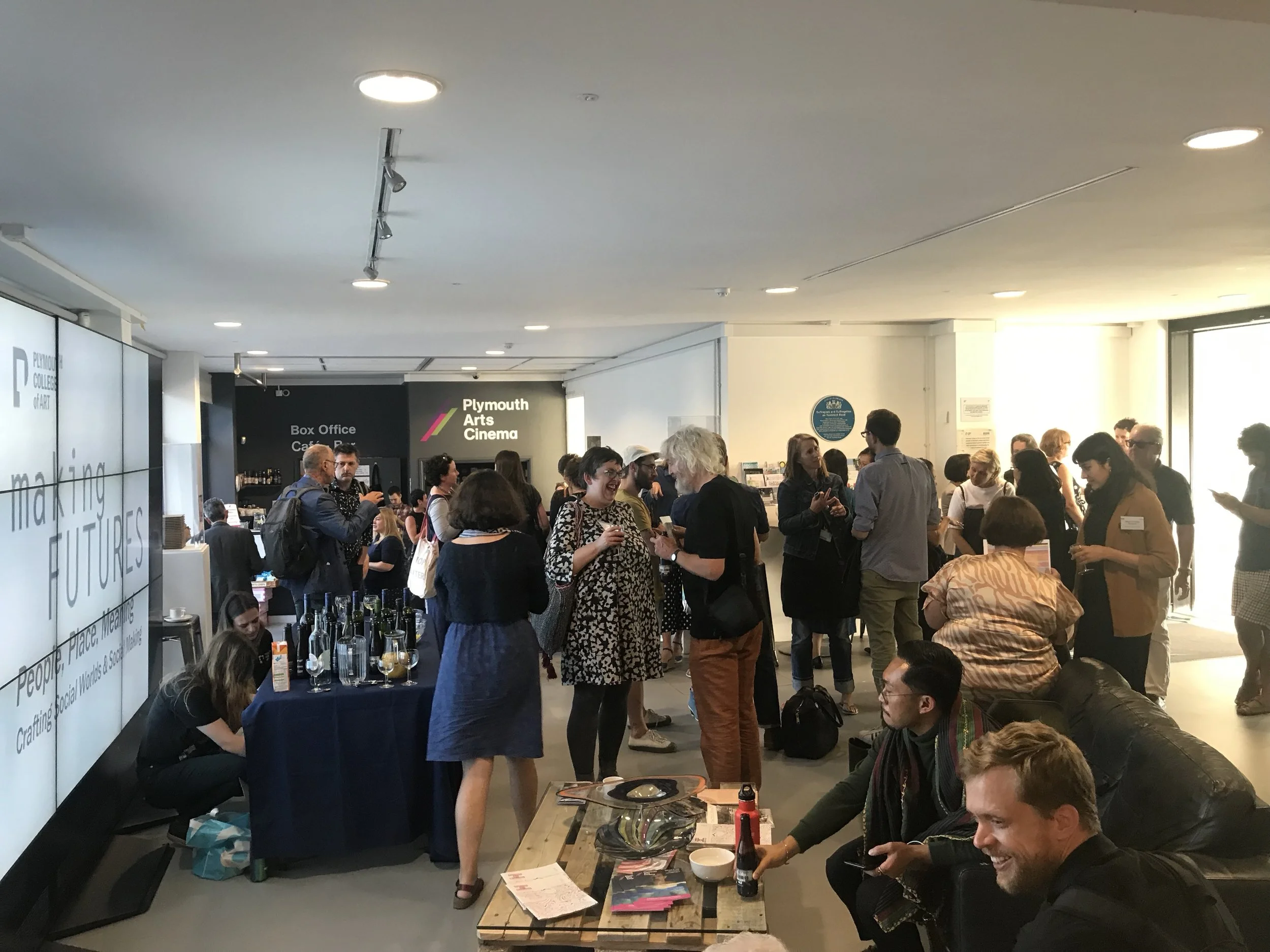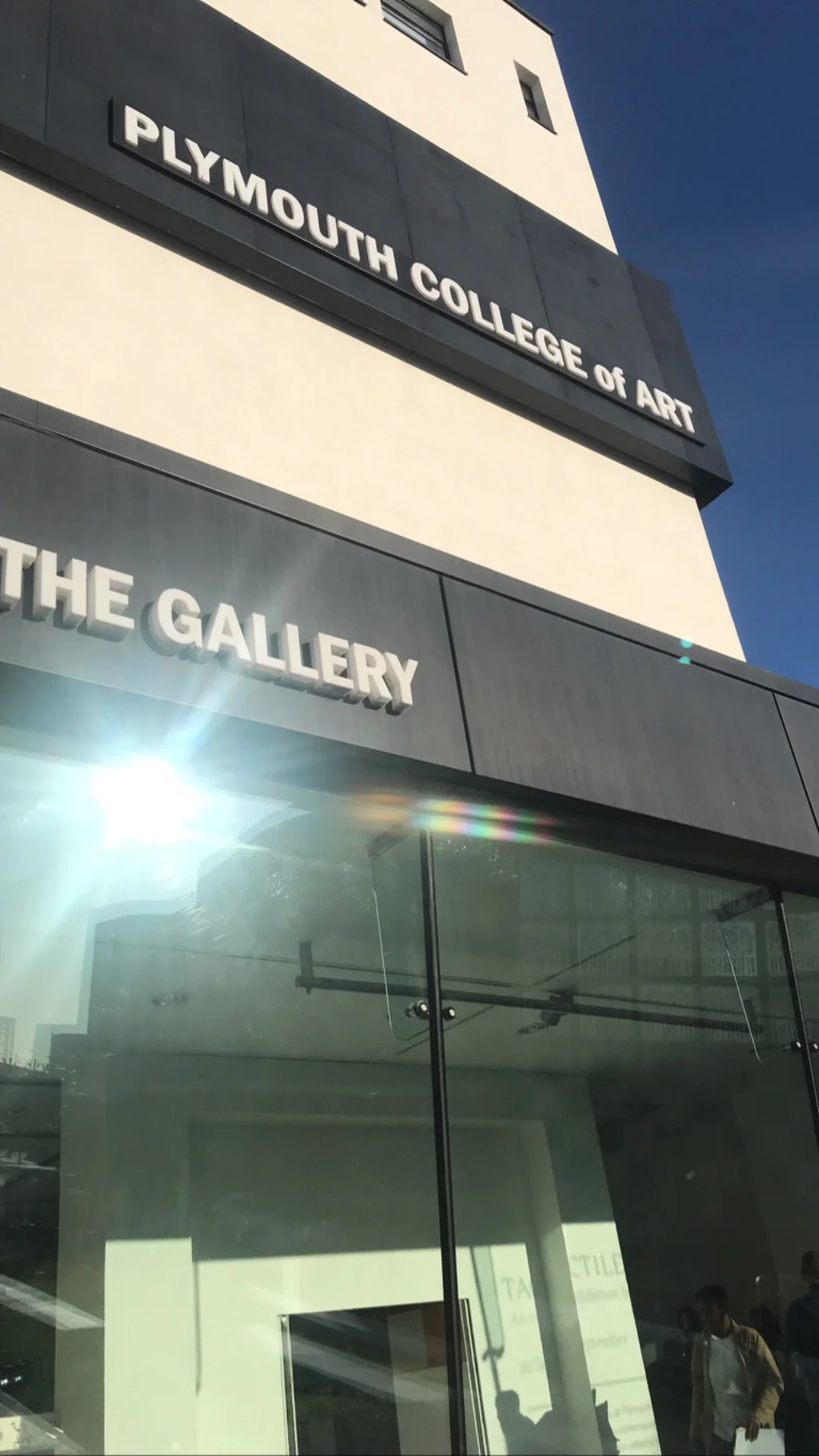Making Futures 2019 People, Place, Meaning: Crafting Social Worlds & Social Making
Thursday 19 and Friday 20 September 2019 at Plymouth College of Art, Plymouth, Devon, UK
https://makingfutures.pca.ac.uk/making-futures-2019
Verena Ziegler PLENARY SESSION 2 19.09.2019; 15.15 - 15.45pm
Title: OpenDress - algorithmic sewing patterns
Panel : DIGITAL PLATFORMS: INCLUDING COLLABORATIVE DISTRIBUTED DESIGN & MICRO-MANUFACTURE (Fab Lab unit)
Can mass customisation of sewing patterns for clothes stop the 2nd highest production of waste pollution - the textile Industry? With the emerging field of computational fabrication new ways of designing and manufacturing supported by algorithms become more and more accessible and their generated results allow for mass customization in physical space. At the State of the art, the use of cut-to-fit software already takes place, but has limitations as it is based on norms and rules going back to the origins of sewing pattern developments (E. Butterick, 1871). As the human body is not standardizable and has different shapes and aesthetic needs, surface cutting and parameterization through algorithms are a way to handle doubly curved surfaces (the body) with low distortion on 2D (paper or fabric). Starting from scratch, without taking any pre-assumptions about the historic art and rules of sewing patterns into account, this project starts from an experimental body-centered approach creating individual sewing patterns with off-standard intersection lines. Instead of trying to adapt one`s body to standardized norms, this project explores the beauty of imperfection, quirks and identity.
Through algorithmic sewing patterns, generated form 3d body scan data via mobile app, a new engineering technique offers a catalogue of customizable clothes, for sewing or commissioning to local sewing companies. Think local, act global - with our technique local craftsmanship will be supported and transformed into a new era of digital craftsmanship 4.0. In an interdisciplinary, iterative practice-based investigation between computer science, architecture, textile design and mathematics, algorithmic thinking and practical exploitation of pattern-form-formation, addresses the following topics:
- Crafting 4.0, enabling alternative business models
- building a distributed and ethical supply chain through a global manufacturer network ethnically
- Reducing waste pollution through mass customization and usage of fair-trade garments
- Inclusive design - trying to counteract the standardization of S to XL, exclusion of disabilities and the size zero ideology
——————————————————————————————————————————————————————
DIGITAL PLATFORMS: INCLUDING COLLABORATIVE DISTRIBUTED DESIGN & MICRO-MANUFACTURE (Fab Lab unit)
This thematic session will explore the relationship of analogue to digital maker practices, including the opportunities afforded by digital micro-production, and the use of digital platforms to coordinate and build communities around collaborative design and distributed manufacturing practices.
Multiple distributed design and manufacturing systems have developed as digital technologies such as online file sharing, cloud computing, standardised geometric data modelling and open source programming languages have emerged and matured. These systems share certain common characteristics. They are scalable, both in terms of geographical nodes, technological and social practice and material production. The Fab Lab network, for example, began as a singular lab at MIT but this model has now been replicated 1,186 times.
Such systems are also adaptable, so that they can fit and serve particular local contexts. Fab Labs and maker spaces like them can be stand alone, or be attached to libraries, cafes or universities. Many are part of analogue and digital maker communities, either based on research interests, educational perspectives or broader social initiatives. Others function as do-it-yourself or repair spaces, developing a grassroots approach to a circular use of made objects. Yet others take a more corporate approach where the offer is aligned to the promotion of particular business strands.
The inherent flexibility of these nodes and modes of design and production separate them from cruder mass-industrial systems that operate at larger scales and (arguably) with less dexterity. This flexibility is partly a reflection of their different scale, but also the tools and methodologies deployed are inherently different and mutable. Parametric modelling systems, for example, enable multiple designs to be developed from a single common data file with comparative ease and the machines used to fabricate products are (in a similar manner to the early industrial potter's wheel or wood-turner’s lathe) able to produce a relatively broad variety of forms.
Interaction is an essential component of this type of design and making. It is common for information to be commented on, adapted and amended by multiple actors. Connectivity actively encourages improvements in comprehensibility, share-ability, design efficacy and use. The effect of this is the promotion of cooperation between different designers, makers and users, and the active evolution of systems that encourage this type of behaviour most effectively.
What these systems have perhaps have yet to develop, however, is how to communicate the subjective, tactile and material quality responses of the shared design created by the collaborators. This workshop will enable participants to discuss and experience Collaborative Distributed Design and Micro Manufacturing whilst developing the discussion on communicating subjective responses and the reintroduction of the human mark into the design process.




